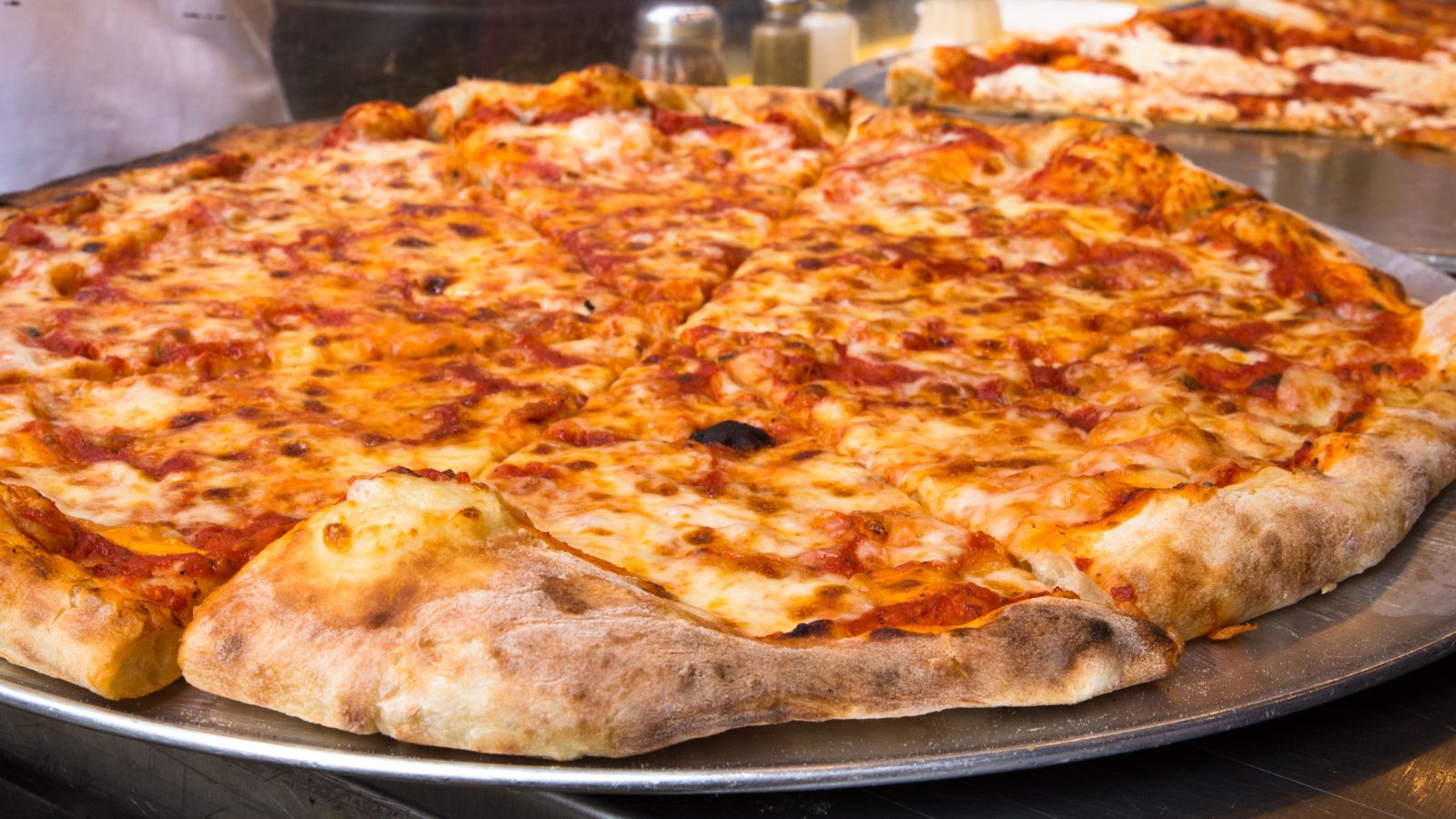Many delicacies are widely enjoyed in the U.S., so much so that people think they originated there. Well, many of your favorite ‘American’ dishes aren’t from the U.S. after all, and here are 18 that could surprise you.
Apple Pie

Apple pie has earned its place as an American dessert, but only few know that it actually originates from England. The Smithsonian Magazine shares that the earliest mention of apple pie can be traced to an English recipe written in 1381 which included figs, raisins, pears, and saffron in addition to apples.
French Fries
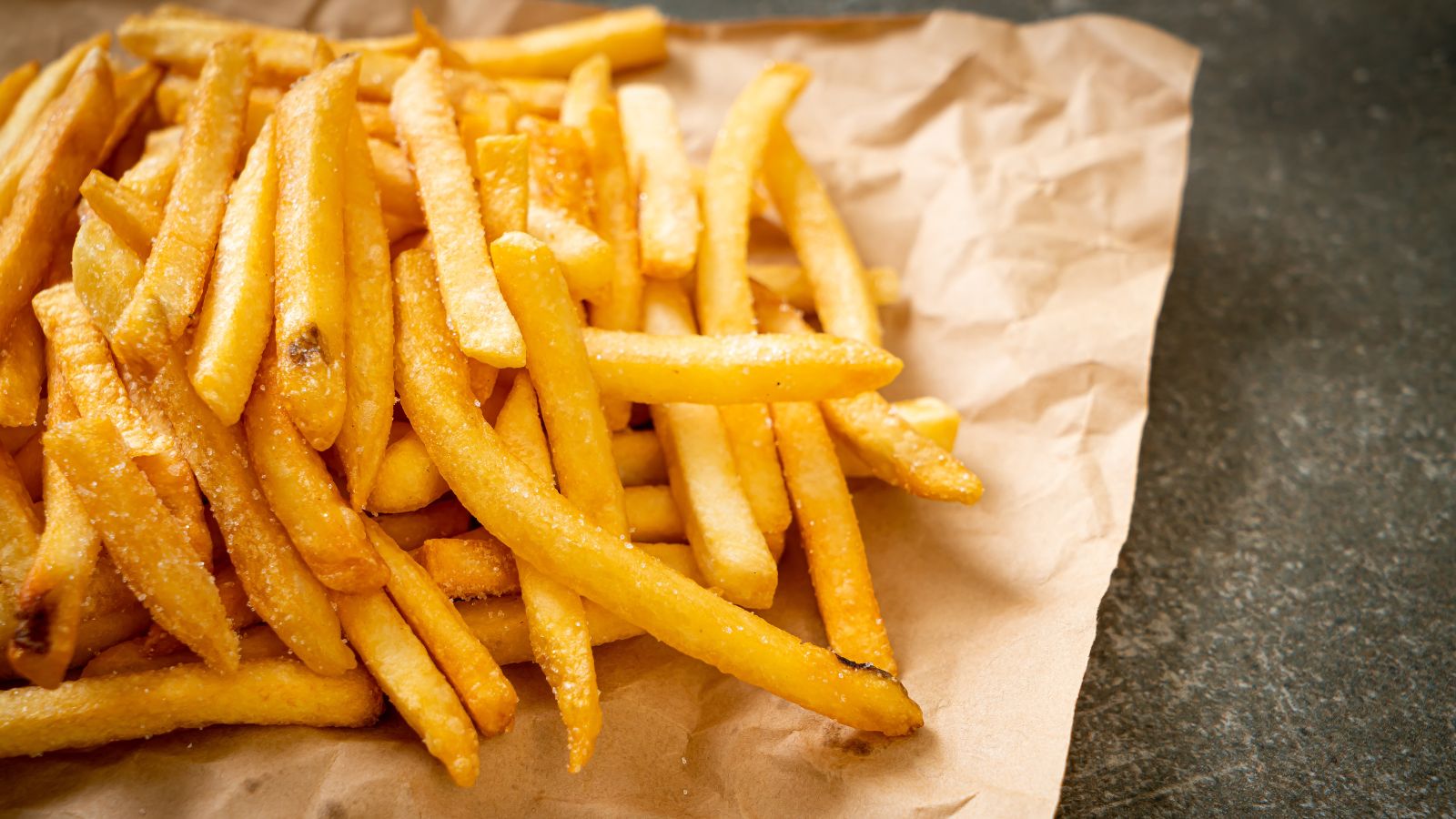
With French fries, there’s even more mystery to unravel. Not only are French fries not American, but they may not even be French. Some trace the origins of this delicious dish to Belgian villagers who opted for it in place of fried fish during the harsh winter months.
Hot Dogs
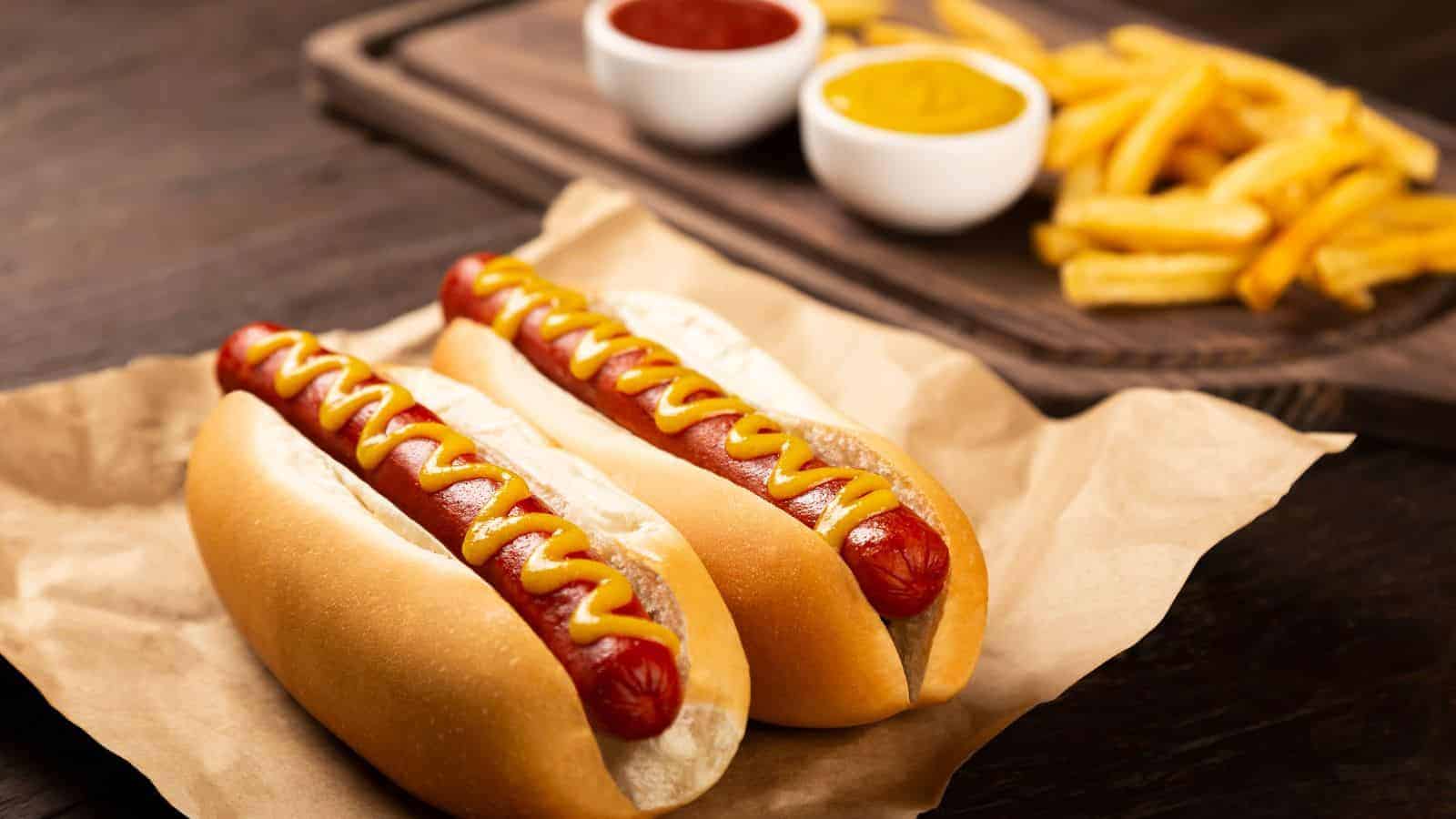
A staple of American morning routines, hot dogs actually come from Frankfurt-am-Main, Germany. Created in the late 1600s, German immigrants brought these beloved sausages to the U.S. in the 1800s, when they were initially called dachshund sausages. American street food then made the addition of a bun and various toppings like mustard and sauerkraut popular.
Bagels
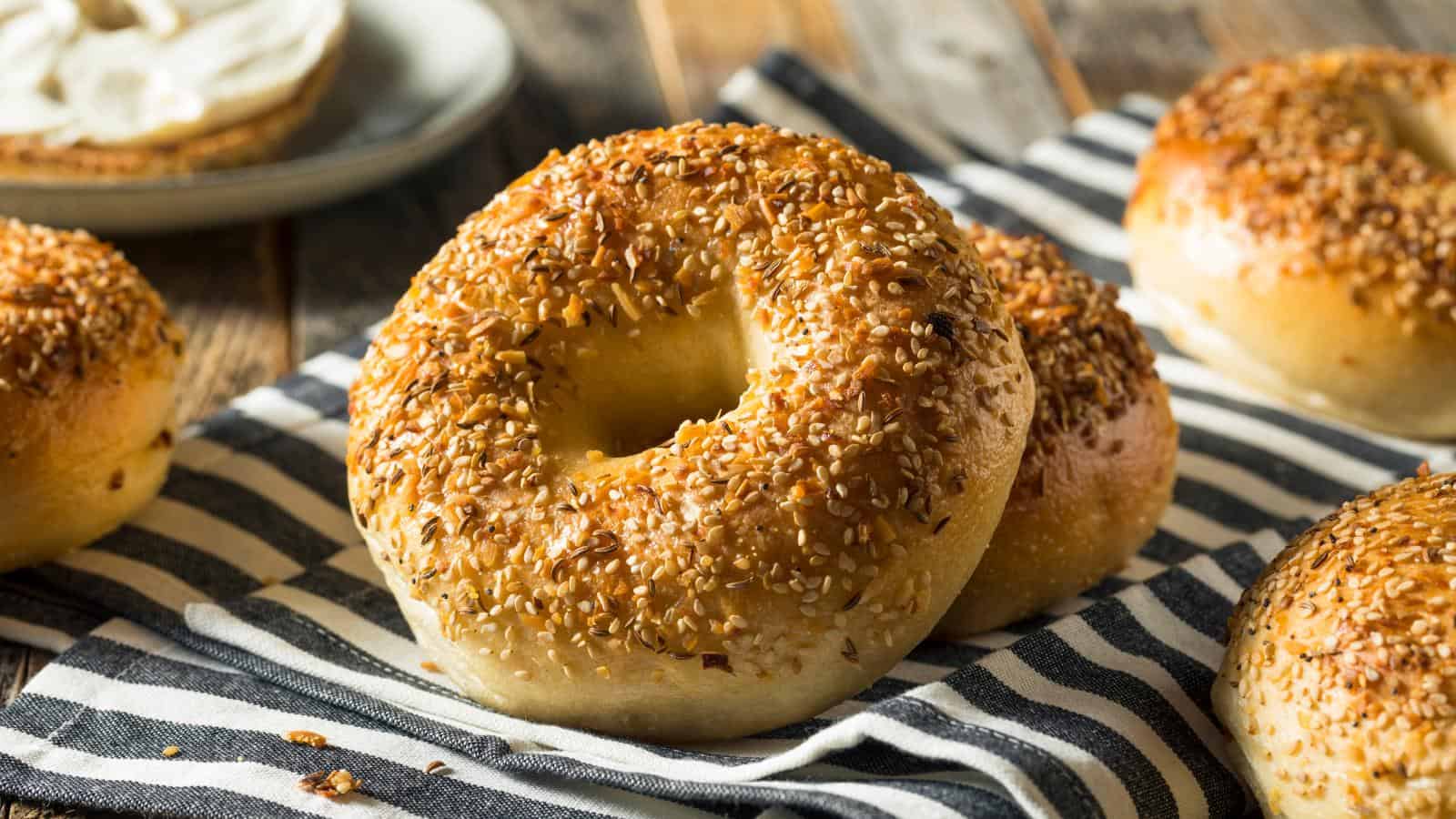
Bagels are often associated with New York City, but their origins lie in ninth-century Poland among Jewish communities. Jewish immigrants brought the dense, ring-shaped bread to America in the late 19th century. Bagels became a popular breakfast item, often paired with cream cheese, lox, and other savory toppings.
Fortune Cookies

Often associated with Chinese restaurants in America, fortune cookies have their actual roots in Kyoto, Japan. Japanese immigrants first served these sweet, folded cookies with tea. They then became popular in Chinese restaurants, and today, they are an iconic part of the dining experience in the U.S., often featuring playful fortunes.
Pizza

Although pizza is a beloved American favorite, it actually originated in Italy, in Naples, to be precise. The first pizzas were simple flatbreads with toppings like tomatoes, cheese, and basil. Italian immigrants introduced pizza to the U.S., where it quickly gained popularity and evolved into various regional styles, including the famous New York slice.
Hamburgers
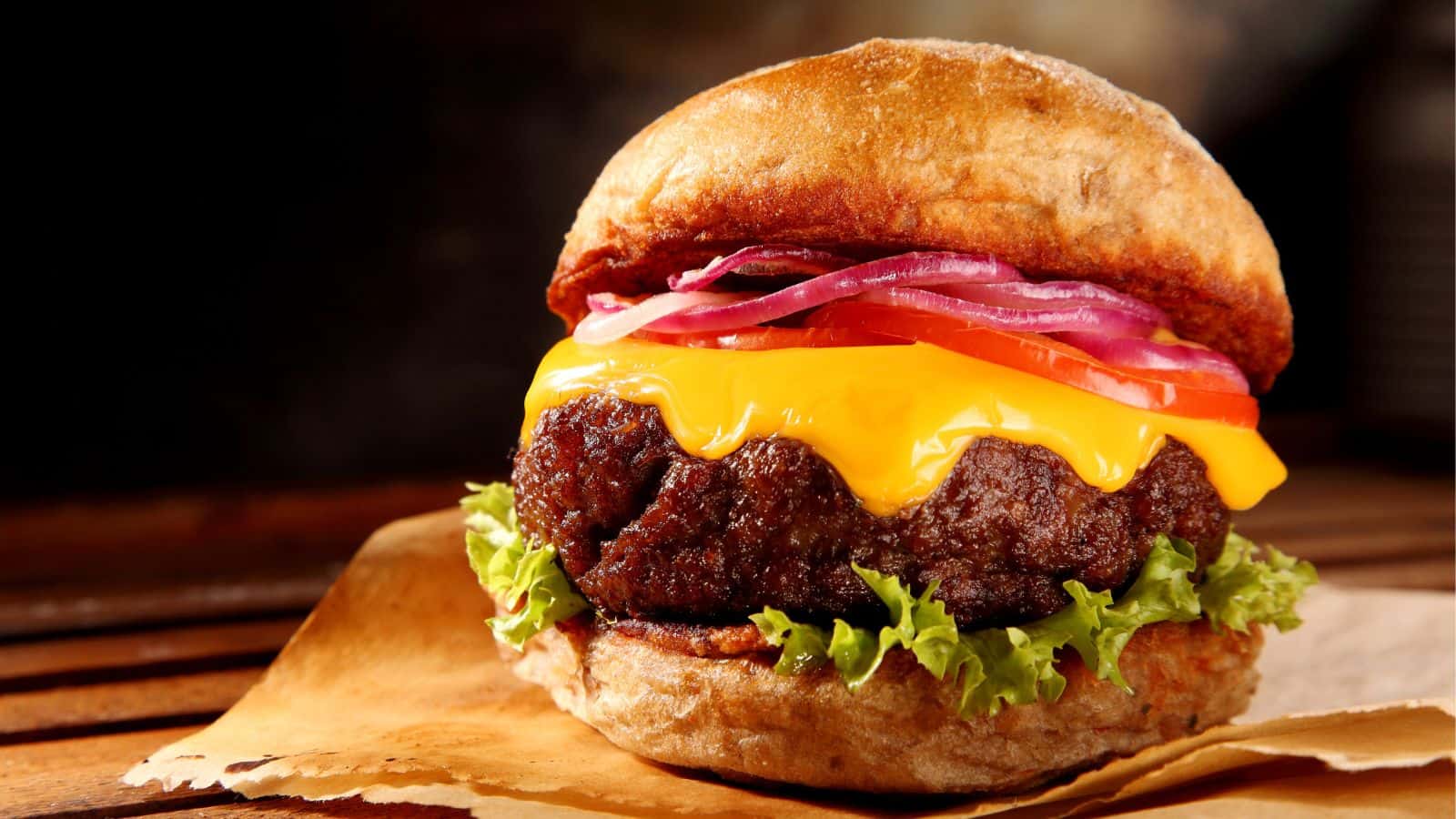
Hamburgers trace their origins to Germany, specifically the city of Hamburg, where minced beef patties were popular. The idea of placing a ground meat patty between slices of bread was brought to America by German immigrants. It later became a staple of American fast food culture, with countless variations and toppings.
Meatloaf
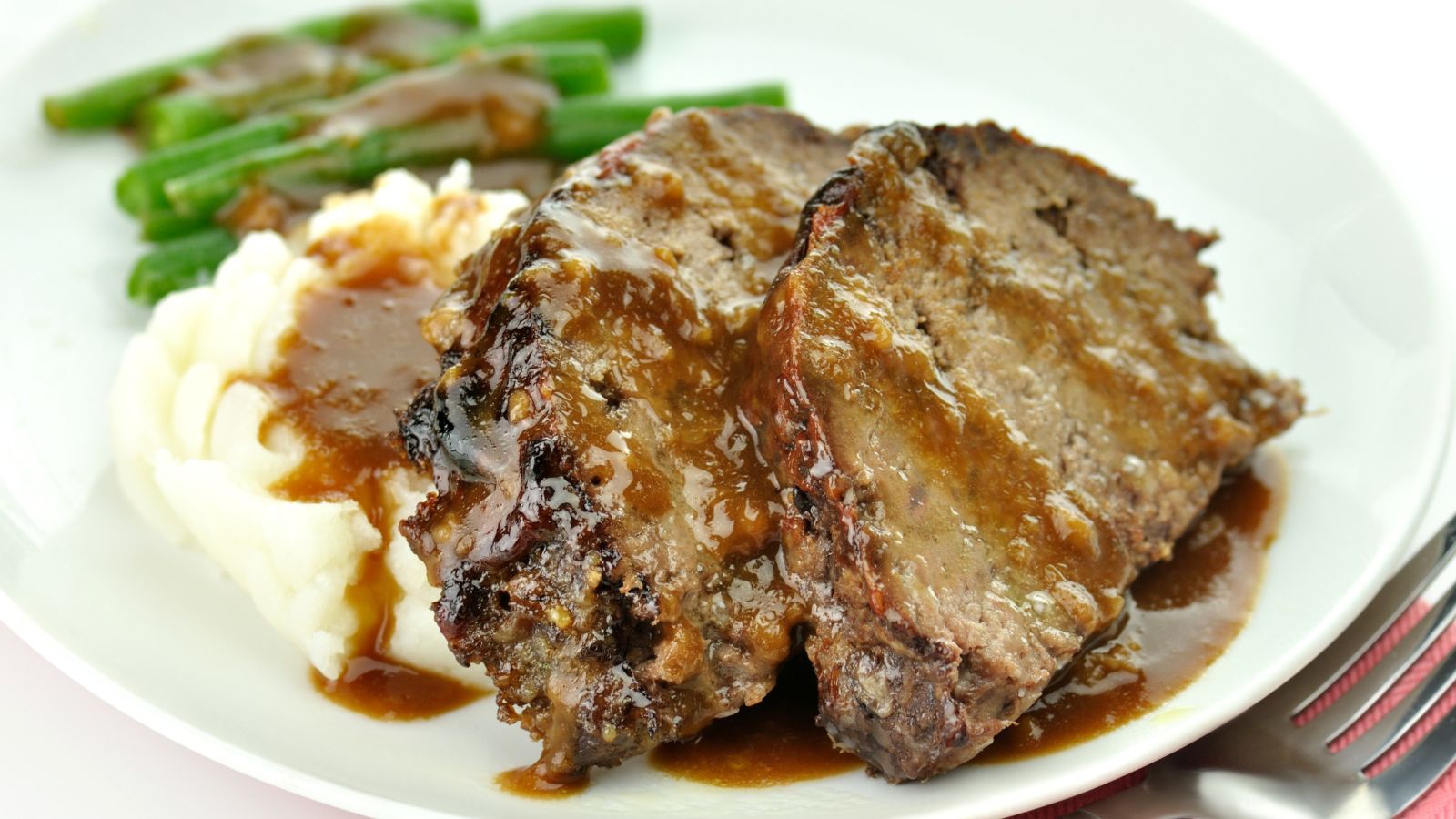
Though considered a quintessential American comfort food, meatloaf has roots in Europe, particularly Germany and Scandinavia. Recipes for ground meat mixed with other ingredients date back to ancient Rome. It became popular in America during the Great Depression when limited food meant stretching meat with fillers like breadcrumbs and vegetables was a necessity.
Tacos

While tacos are a staple of Mexican cuisine, the American version, especially hard-shell tacos, differs significantly. Traditional Mexican tacos use soft tortillas and varied fillings like grilled meats, cilantro, and onions. The hard-shell taco was popularized in the U.S., leading to the rise of Tex-Mex cuisine with diverse toppings.
Chicken Parmesan
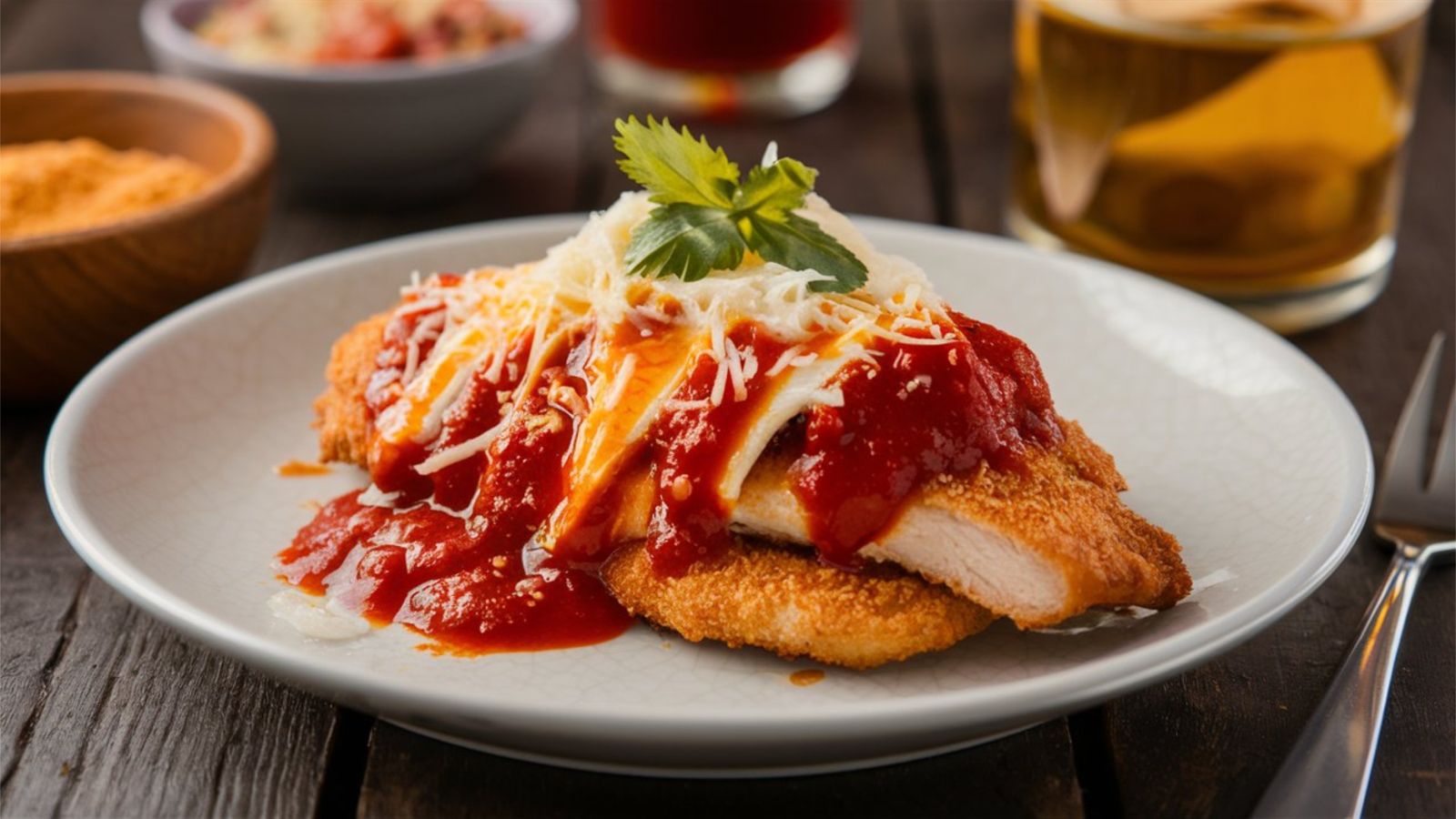
Chicken parmesan, a beloved Italian-American dish, does not exist in traditional Italian cuisine. In Italy, eggplant Parmesan is more common and traditionally enjoyed. Italian immigrants in America adapted the recipe using chicken, creating a hearty meal that became a staple in Italian-American restaurants, often served with pasta.
Nachos
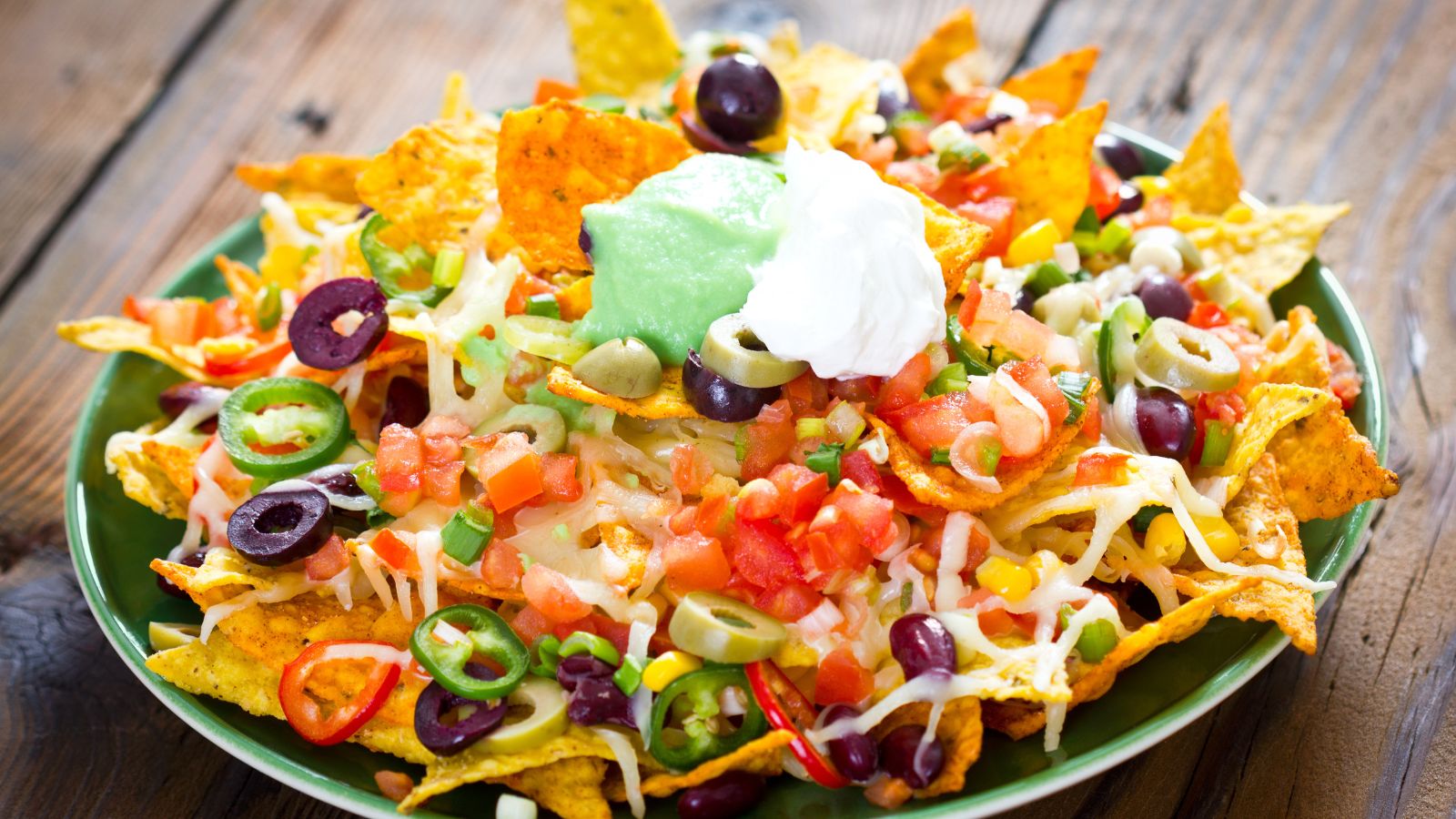
Nachos, a popular snack in the U.S., originated in Mexico and were created by Ignacio ‘Nacho’ Anaya. He invented the dish in the 1940s for American military wives who visited his restaurant. The original version used simple ingredients like tortilla chips, cheese, and jalapeños, evolving into the loaded versions enjoyed today.
Pancakes

Pancakes have been a part of various cultures for centuries, with each having its own variation. The American version, often served with syrup, is similar to the British ‘flapjack’ or French ‘crêpe.’ Different cultures have their own unique takes, but the fluffy American pancake is a unique adaptation of these global recipes.
Burritos

Burritos originate from Mexico and are a staple of Mexican-American cuisine, but the large, stuffed versions are more American than Mexican. Traditional Mexican burritos are small and simple, usually containing just a few ingredients, while oversized, ingredient-packed burritos became popular in the U.S., particularly in California, with various fillings and flavors.
Fajitas
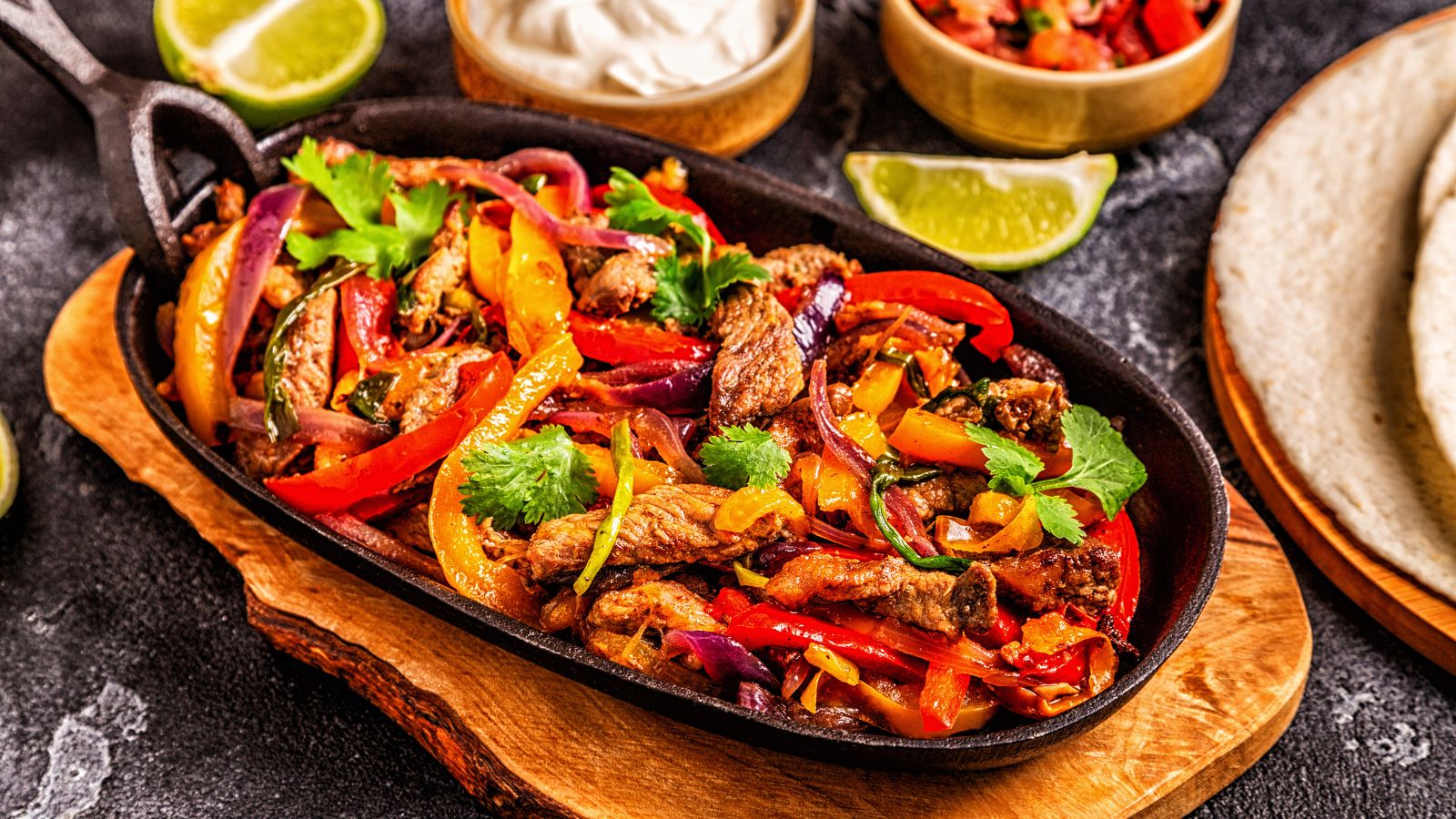
Fajitas, a Tex-Mex favorite, were popularized in Texas as a working-class meal. The dish came from Mexican ranch workers, who used cheaper cuts of beef. They marinated and grilled the meat, serving it with tortillas. The American version expanded to include various meats and toppings like peppers and onions.
Cheesecake
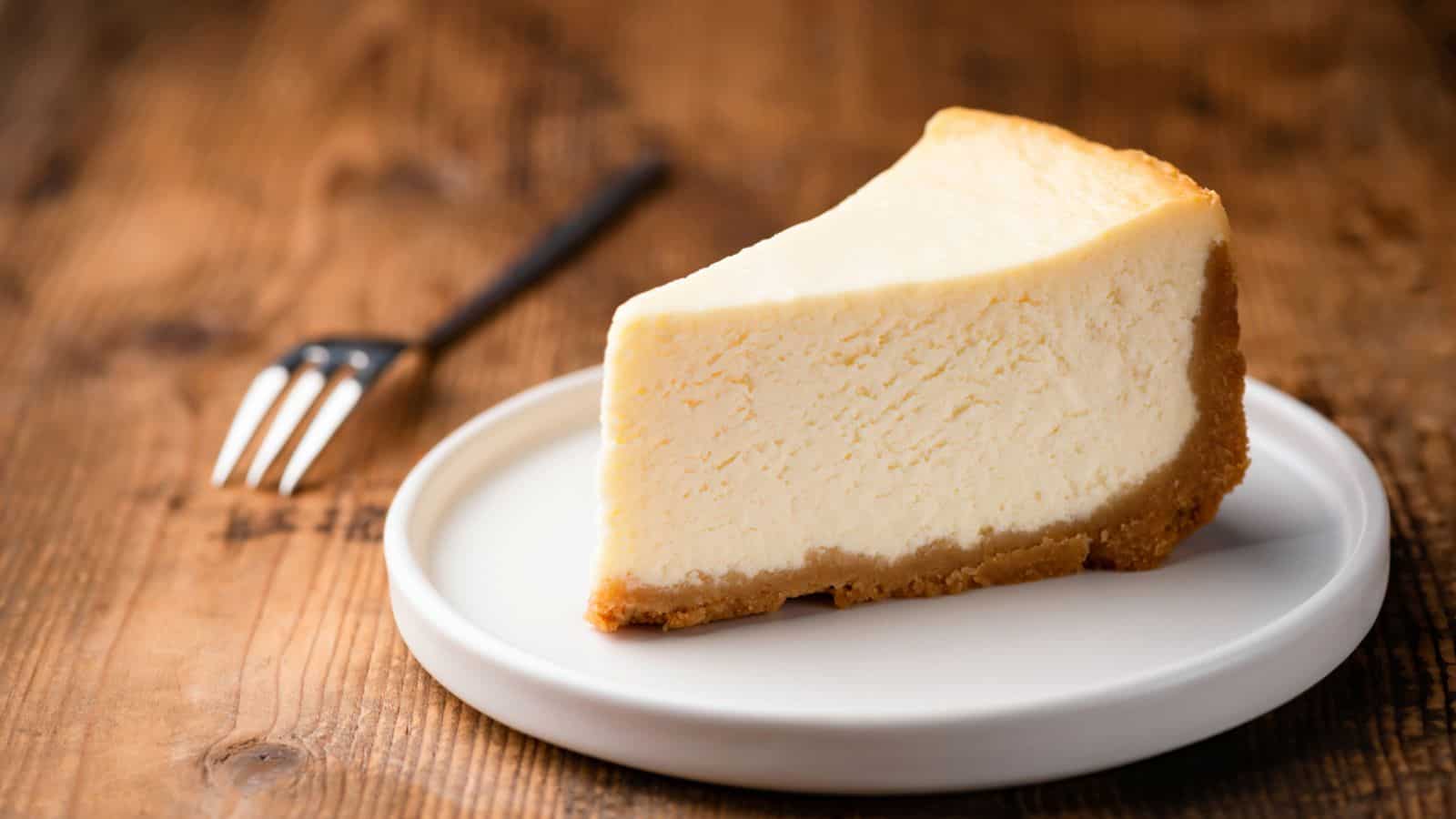
Cheesecake is a beloved dessert in the U.S., with roots as far back as ancient Greece. The concept of mixing cheese with honey and wheat spread throughout Europe, eventually reaching the Americas. Immigrants brought their recipes to America, where they evolved into the rich, creamy dessert enjoyed today, often with fruit toppings.
Macaroni and Cheese
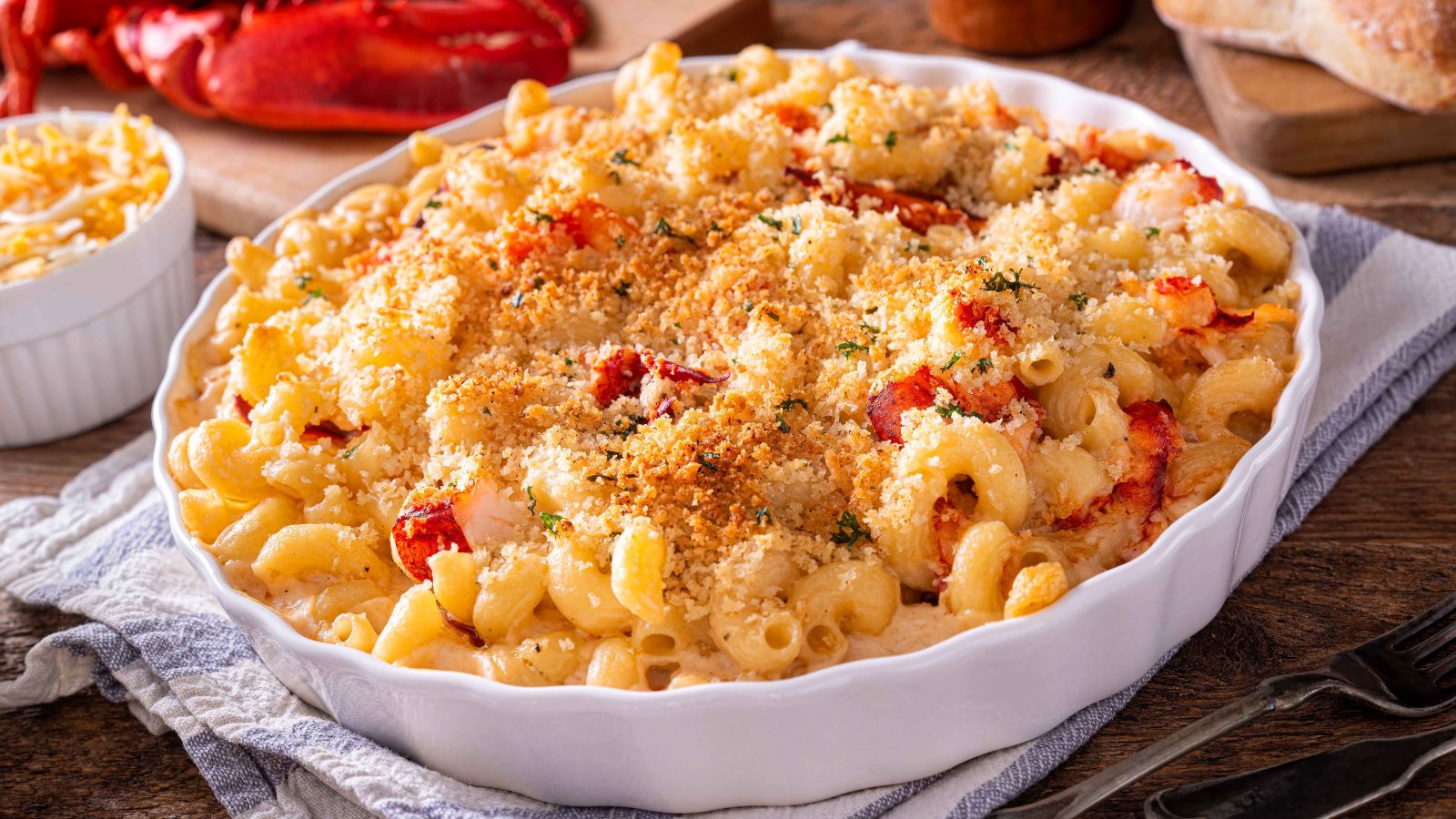
Macaroni and cheese is often considered an American comfort food but originated in Italy as a simple pasta dish. The combination of pasta and cheese even dates back to the 14th century. Thomas Jefferson is credited with popularizing the dish in America after discovering it during his travels in Europe and serving it at Monticello.
Peking Duck
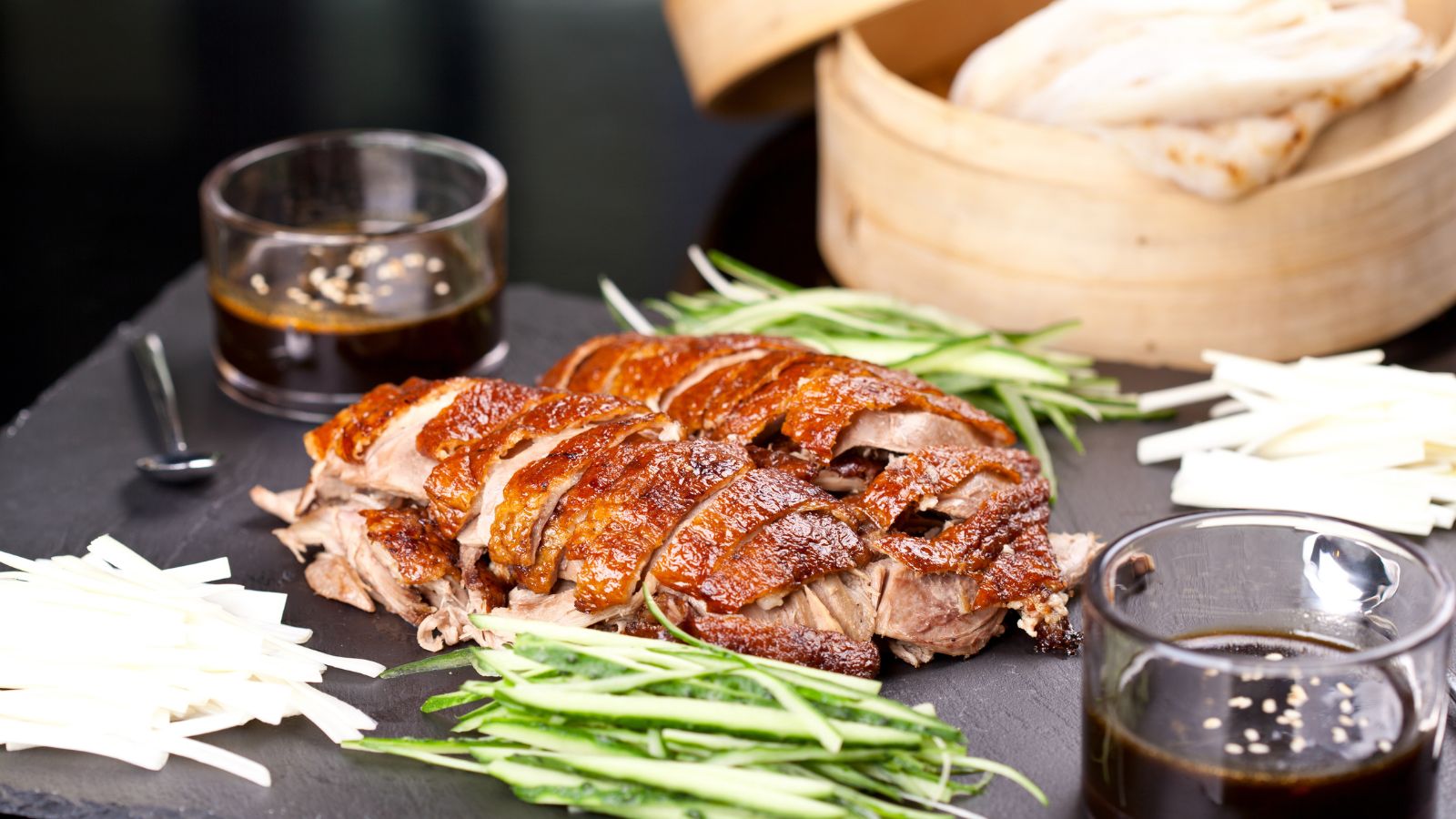
The method of roasting duck to achieve crispy skin dates back to the Imperial era in China. Peking duck, as it’s called, still retains its Chinese origins despite gaining popularity in America. However, certain American adaptations often include different serving styles and accompaniments, such as hoisin sauce and scallions.
Sushi

Sushi originated in Japan centuries ago, as the concept of combining vinegared rice with various ingredients dates back to the Edo period. It is now a beloved dish in the U.S., with adaptations, such as the California roll, introducing new flavors and ingredients, making sushi a culinary phenomenon with countless variations.
Up Next: 18 Cities in the US That Are So Bad You Won’t Want to Visit

While there are many beautiful cities in the U.S. that are well worth a visit, there are also some that you may want to avoid. This is largely due to high crime rates or issues with quality of life. Here are 18 U.S. cities that you won’t want to visit.
18 Cities in the US That Are So Bad You Won’t Want to Visit
19 American Cities That Disappoint Visitors So Much They Wish They Never Went

The United States is a vast country with over 109,000 cities and towns and many popular tourist hotspots, promising visitors fascinating history, famous landmarks, natural wonders, impressive architecture, and cultural delights. But not every city lives up to the hype! Here, we explore 19 American destinations that often leave visitors underwhelmed.
19 American Cities That Disappoint Visitors So Much They Wish They Never Went
19 Signs That Say You’ve Officially Entered Old Age

Old age comes for us all, though we do our best to resist it for as long as possible. But aging isn’t only gray hair, wrinkled skin, and yelling at kids to get off your lawn. Here are 19 signs you’ve realized you’re no longer the young stud you once were!

